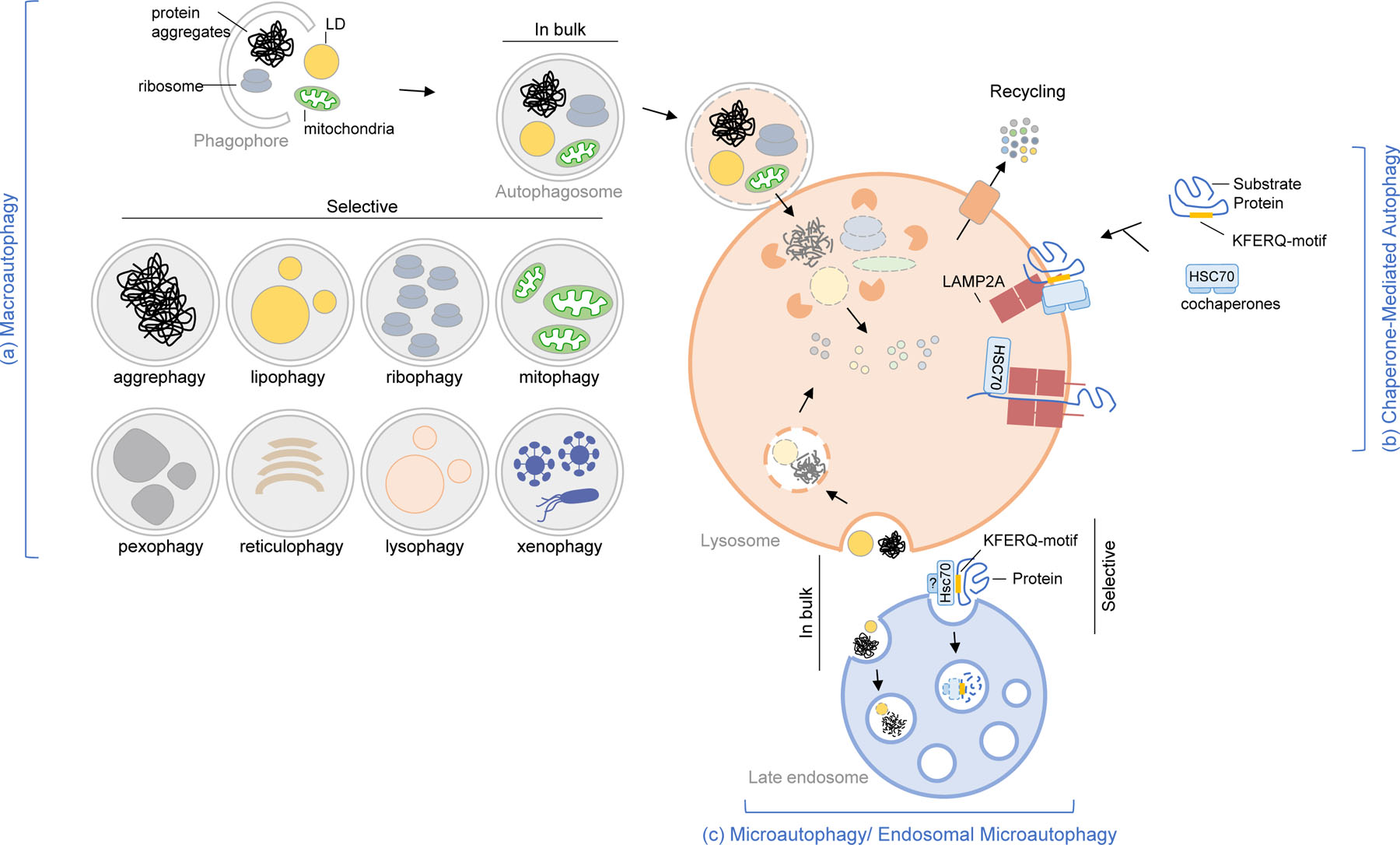Figure. 1. Types of autophagy pathways in mammals.

Schematic of the three major types of autophagy in mammals. (a) Macroautophagy is characterized by the sequestration of cargo (proteins, aggregates, organelles, pathogens) inside autophagosomes. In bulk and some forms of selective macroautophagy are depicted. The cargo is degraded in lysosomes upon autophagosome-lysosome fusion. (b) Chaperone-mediated autophagy is characterized by the selective degradation of proteins with KFERQ-motif. The substrates are recognized by HSC70/other chaperones. The protein substrates are degraded in lysosomes upon translocating across the membrane through the receptor multimeric complex (LAMP2A). (c) Microautophagy/Endosomal microautophagy is characterized by the engulfment of the cargo (proteins, aggregates, organelles) by the lysosomal membrane (in microautophagy) or late endosomal membrane (in endosomal microautophagy). The cargo is degraded when the intraluminal membrane is disintegrated giving the lysosomal hydrolases access. Once degraded by the lysosomal hydrolases, the biochemical components are recycled to the cytoplasm. Note: For simplicity, the three pathways are shown to converge on one lysosome; however, the current consensus is that different lysosomal populations cater to different autophagy pathways.
